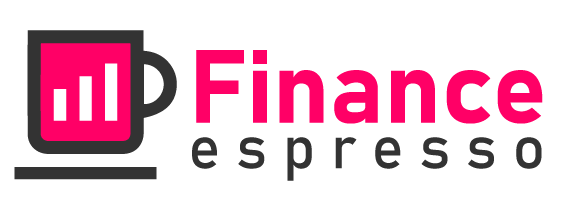Understanding the Basics of Home Loans: A Guide for Homebuyers
Buying a home is an exciting venture, but to make it possible, many homebuyers rely on a home loan to purchase their dream home. Home loans can be intimidating and confusing for someone who’s unfamiliar with the process or the terminology, but understanding the basics can help make the home-buying experience a little less daunting. This guide aims to demystify home loans so homebuyers can make an informed decision when searching for a mortgage.
Why You Need a Mortgage
No matter the size of the home you’re buying, it’s highly unlikely you’ll have the funds to pay in full with cash. A mortgage is a loan from a bank, credit union, online lender, or other financial institution for the purpose of buying a home. It’s important to understand the different types of mortgages available and the terms so you can pick the best one for your needs and budget.
Types of Home Loans
The most common type of home loan is a conventional loan, which is available through banks and other lenders. This loan is not insured or backed by the government and typically requires a good credit score and a sizable down payment. Other types of home loans available are government-backed loans like FHA loans, VA loans, and USDA loans. These loans are backed by the government and typically have more flexible terms, such as no down payment or lower credit score requirements.
Interest Rates & Payment Terms
When considering a home loan, pay close attention to the interest rate. This is the percentage you will pay over the life of the loan for borrowing the money. Interest rates can vary based on various factors, such as your credit score, the loan term, and the amount of the loan. Most loan terms range from 15 to 30 years, and you’ll usually want to pick the shortest possible loan term to minimize your interest payments over the life of the loan.
Closing Costs & Other Expenses
In addition to the purchase price of the home, there are other costs to consider when buying a home. Closing costs are fees associated with the mortgage and can include appraisal fees, loan origination fees, title insurance fees, and other expenses. These closing costs can add up quickly, so make sure to do your research and look for lenders with lower closing costs. Another cost to budget for when buying a home is for the repairs and improvements you may want to make after purchase.
The Home Loan Process
The home-buying process may seem long and overwhelming, but understanding the basics of home loans can make it easier. After you’ve chosen your lender and loan type, you’ll need to provide the lender with your proof of assets, employment history, and credit score. Once approved, you’ll need to provide a down payment (typically between 3% and 20%) and sign closing documents. Finally, when the loan is funded, you’ll finally be a homeowner!
Conclusion
Home loans are complex, but by understanding the basics, you can make informed decisions and feel confident in your mortgage choice. Look for lenders with competitive rates, a low down payment, and low closing costs to help make your home-buying experience as smooth as possible.

